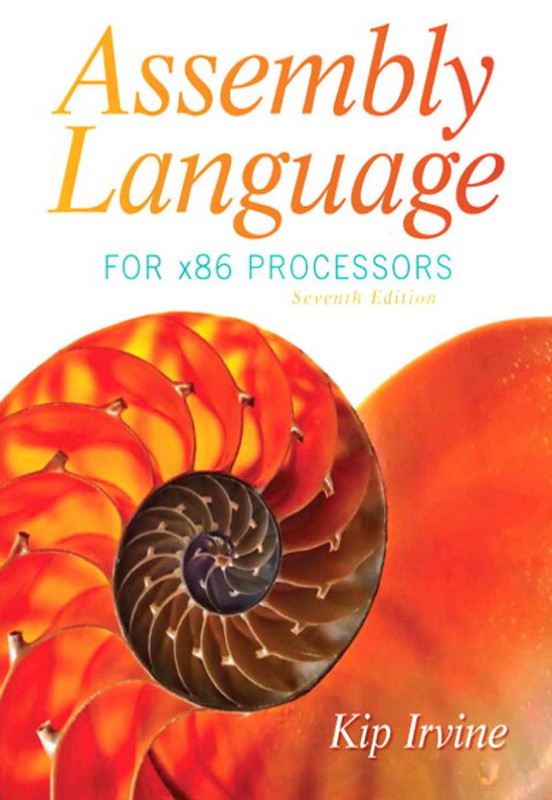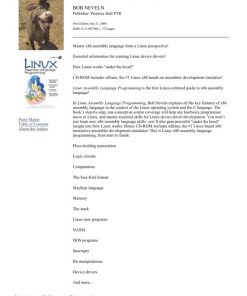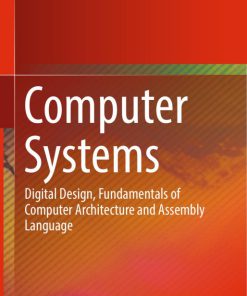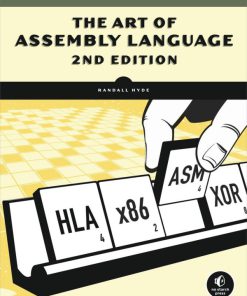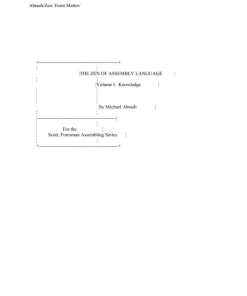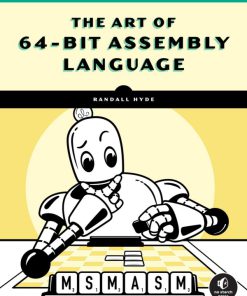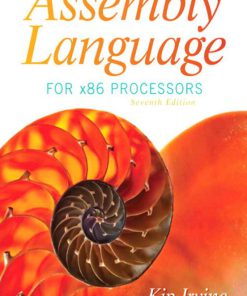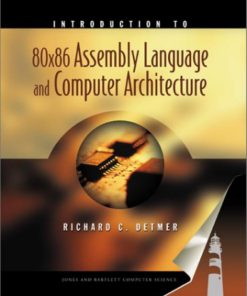Assembly Language for x86 Processors 7th Edition by Kip Irvine ISBN 0133769402 9780133769401
Original price was: $50.00.$25.00Current price is: $25.00.
Authors:Kip R. Irvine , Series:Cyber Security [48] , Tags:Computers; Languages; General; Snorgared; D3pZ4i & bhgvld; Denixxx; (for softarchive); Stole src from http://avaxhm.com/blogs/exLib; My gift to leosan GasGeo&BioMedLover from ru-board 🙂 , Author sort:Irvine, Kip R. , Ids:Google; 9780133769401 , Languages:Languages:eng , Published:Published:Apr 2015 , Publisher:Pearson , Comments:Comments:Assembly Language for x86 Processors, 7e is intended for use in undergraduate courses in assembly language programming and introductory courses in computer systems and computer architecture. This title is also suitable for embedded systems programmers and engineers, communication specialists, game programmers, and graphics programmers. Proficiency in one other programming language, preferably Java, C, or C++, is recommended. Written specifically for 32- and 64-bit Intel/Windows platform, this complete and fullyupdated study of assembly language teaches students to write and debug programs at the machine level. This text simplifies and demystifies concepts that students need to grasp before they can go on to more advanced computer architecture and operating systems courses. Students put theory into practice through writing software at the machine level, creating a memorable experience that gives them the confidence to work in any OS/machine-oriented environment. Additional learning and teaching tools are available on the author’s web site at http://asmirvine.com/ where both instructors and students can access chapter objectives, debugging tools, supplemental files, a Getting Started with MASM and Visual Studio 2012 tutorial, and more. Teaching and Learning Experience This program presents a better teaching and learning experience–for you and your students. It will help: Teach Effective Design Techniques: Top-down program design demonstration and explanation allows studentsto apply techniques to multiple programming courses. Put Theory into Practice: Students will write software at the machine level, preparing them to work in any OS/machine-oriented environment. Tailor the Text to Fit your Course: Instructors can cover optional chapter topics in varying order and depth. Support Instructors and Students: Visit the author’s web site http://asmirvine.com/ for chapter objectives, debugging tools, supplemental files, a Getting Started with MASM and Visual Studio 2012 tutorial, and more.




